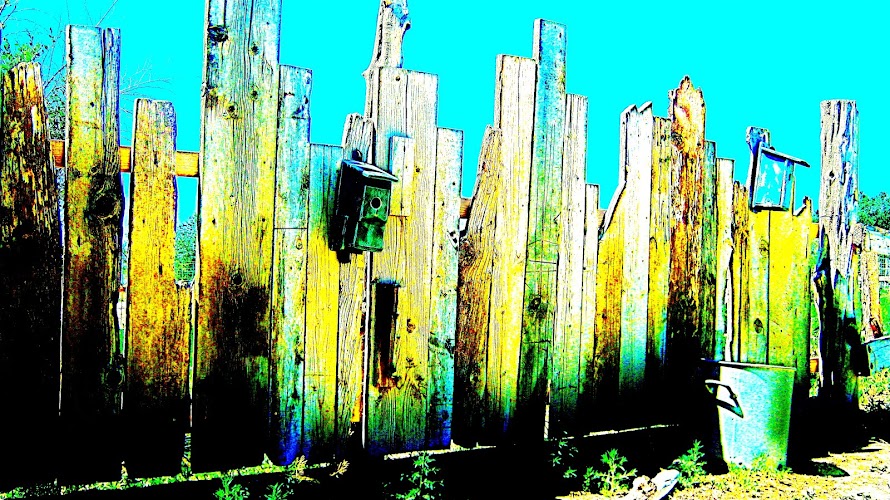As you know by now, I don't sleep more than a couple of hours at night so most of the long dark hours my mind is conjuring up all kind of ideas, making to do lists, counting endless sheep, and even trying to figure out why, if the letters....... d and o say do..... and t and o say to.....
why does s and o say "so", with an "O" sound?
As I lay there one long sleepless night I came up with this idea for a
VEGETABLE HARVEST BASKET
I always try to recycle everything I can
we are even going to cancel our weekly garbage can pick-up.
We generally only have one little plastic sack, that you bring your groceries home in,
full of garbage a week.
I think I will just sneak it over into the neighbors can
(after I ask for permission of course)
Anyway, back to the project...........
Gather your supplies:
1. a sturdy welded wire lamp shade, cover removed,
make certain the center support is flush with the bottom ring
2. jute twine
3. scissors
4. wire cutters
5. old chicken wire
use the smallest gage available
this will help keep the smaller vegetables in the basket
or use a hardware cloth or window screen if desired
6. a cordless, or regular hand-saw
cut green branches, limbs, or twigs,
to form around the edges and to make a sturdy handle
attach the chicken wire (wish I had smaller wire) around the larger edge first
there will be a little excess wire as you near the smaller diameter bottom, just work it in,
over-lap the wire under the basket and attach to the center supports
using the jute twine wrap a twig around the edge
when choosing the sticks to use, look for a natural curve in the branch
I used limbs from a tree we just felled in the garden area
the branches need to be green and pliable
Attach a sturdy branch for a handle.
I caught the twine between 2 limb nodules for better support
I also placed a couple of twigs around the bottom,
sticks cut to the right length could also be placed on the sides
attached to the vertical lamp shade wire
This makes a great Harvest Basket!
Make several of these to go in your root cellar or basement to store squash, potatoes, and other vegetables that need good air circulation.
For my next basket I will try wrapping a frame with grape vines, or split willow, maybe even long strands of bindweed!
Note: as the twigs dry, you may need to tighten the jute wrappings.























